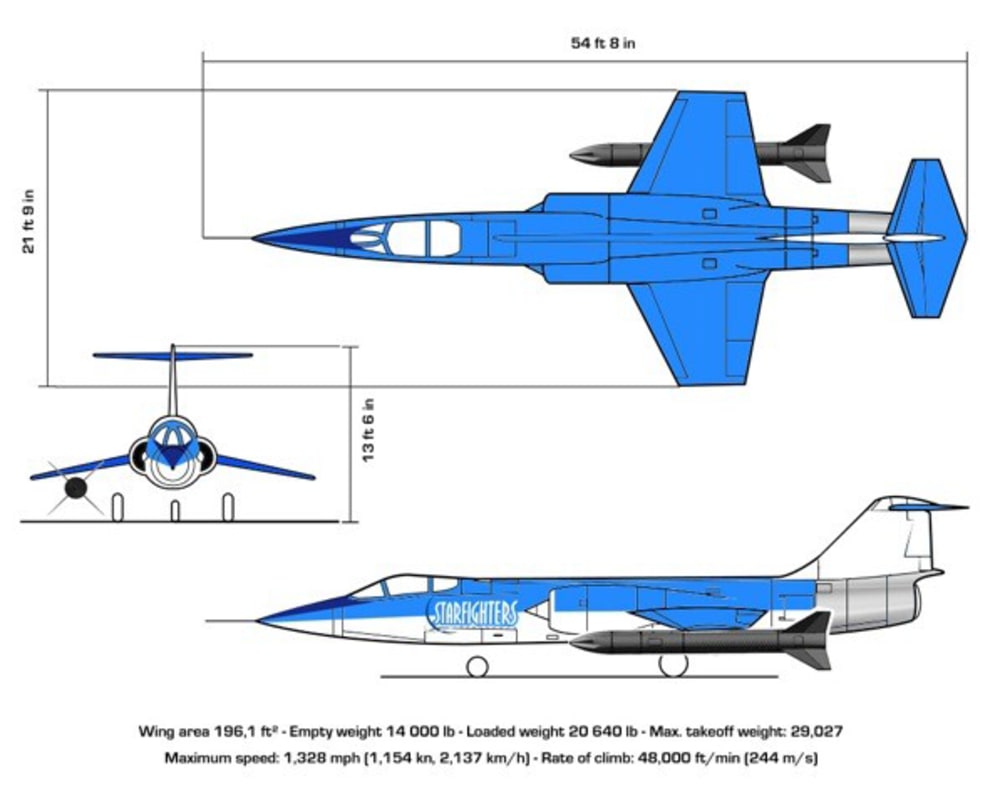Currently, there is a problem getting small satellites into space. If you do not have millions of dollars and years to spare, but want to do something with the "common heritage of mankind" above our heads, you have to build a small, cheap satellite. But rockets today do not take small satellites to orbit: they take big.
There are no commercially available rockets today with a payload of less than 100 kilograms. The smallest of those now under serious development (except ours) only go down to around 50. By contrast, the dominant small satellite standard is the CubeSat, massing 1-5 kilograms. Their only ways to orbit are hitching a ride with a large payload (the "truck" model) or gathering many small payloads to share a ride (the "bus" model). Either approach takes 1-2 years on average, has a lot of overhead, risks getting kicked off if the other payload owners think your satellite is dangerous, and you have to go where the rocket goes.
In contrast to the trucks and buses, sometimes you just want a cab. Thus, CubeCab: rockets designed to take just one CubeSat to orbit. Making a rocket that can carry this small a payload to orbit used to be impossible; with modern materials and components, it is merely difficult. Our design uses commercial off the shelf technologies when possible, with a low number of parts to minimize launch failures that have plagued larger, more complex efforts. (Toward the end of June as I write this, SpaceX lost another one, and they are one of the best operators out there.)
We are designing to enable a launch rate of hundreds per year, far higher than humanity's current combined annual rate, so as to get the relevant infrastructure (especially government regulators) primed and ready for airline-scale orbital launch traffic. As part of this, rather than expensive launch gantries, we use the "air launch" model: strap rocket to plane, fly over the ocean, and fire like a missile except aim for orbit instead of the ground. The FAA loves our approach, because our flight path goes nowhere near any populated area. We can operate out of any airport: Florida for an equatorial launch, then over to California for a polar launch. If weather shuts down one airport, hop to another and launch on schedule.
We already have letters of interest for enough launches to be profitable within a year of starting commercial operations (for which we only need 34 launches per year). All signs are that interest will grow exponentially as successes are demonstrated; there are projections of over 1,000 launched per year within a decade, and about 100 were launched last year. We have vendors selected for most of the components, who can support us up to at least 100 launches per year, and may be able to scale further once we are doing that much business with them (so they can justify more equipment). The rest we will manufacture (our team already includes the necessary expertise).
Like this entry?
-
About the Entrant
- Name:Adrian Tymes
- Type of entry:teamTeam members:Adrian Tymes
Mark Blair
Dustin Still
Rick Kwan
Eric Wahl - Software used for this entry:Solidworks
- Patent status:none








